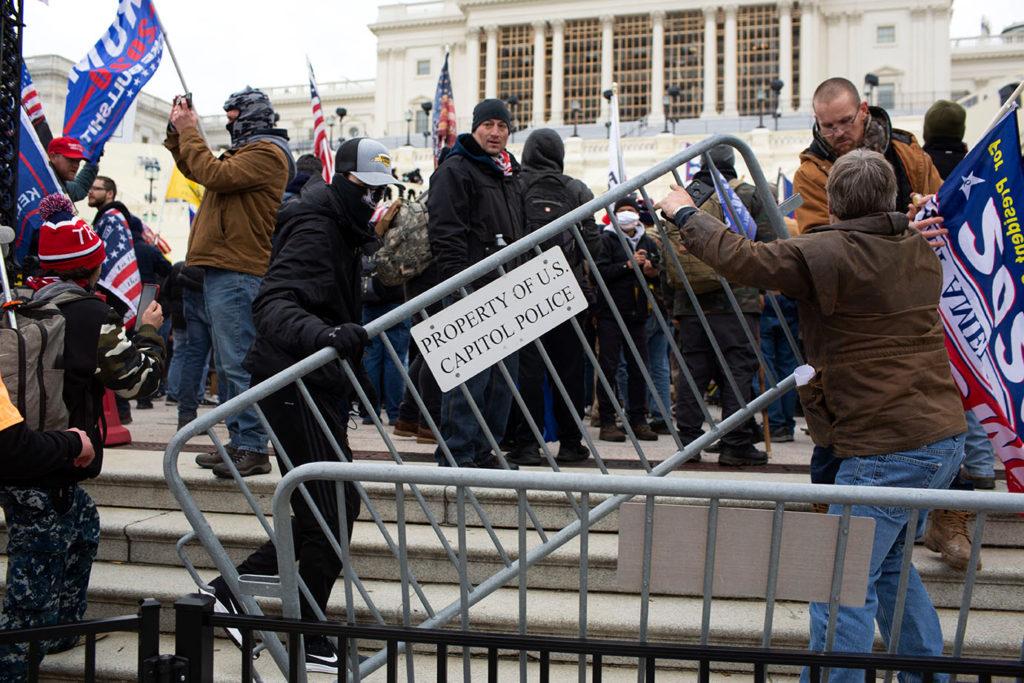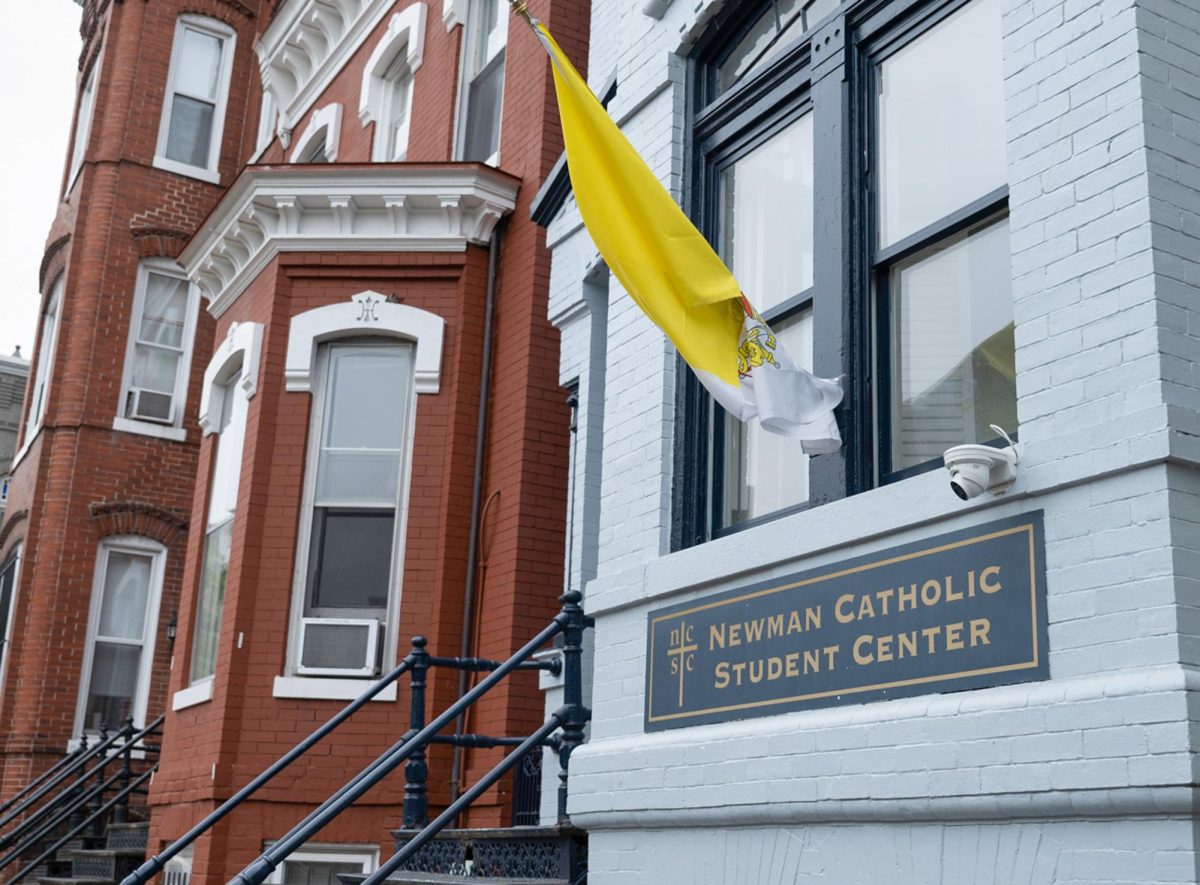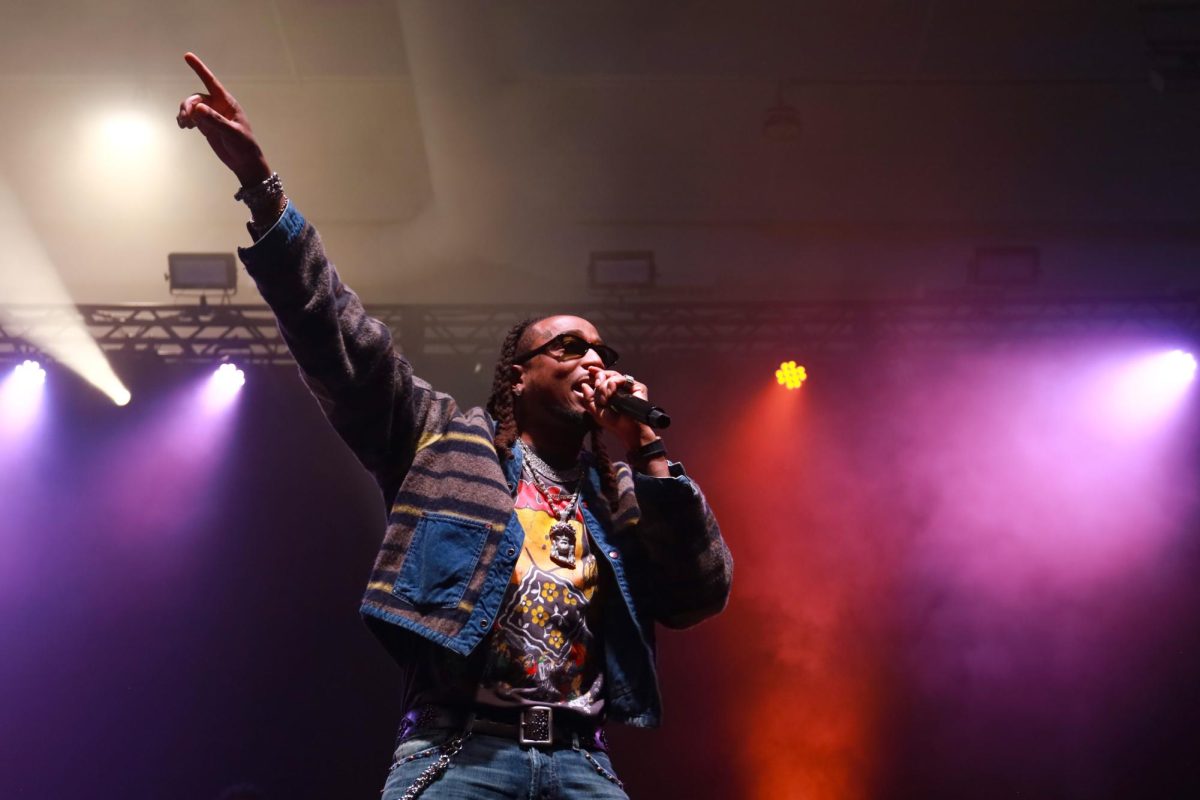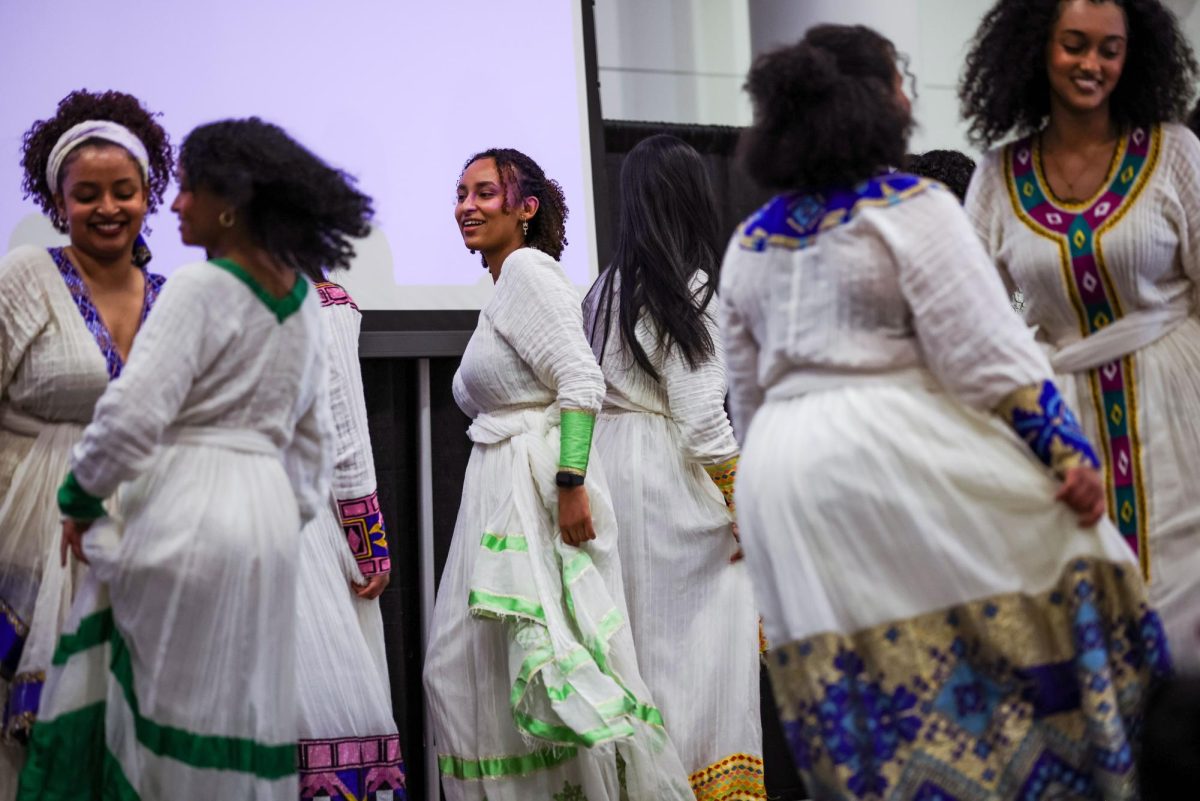Nine GW community members shared in winning Pulitzer Prizes last week for coverage on the Jan. 6 insurrection and research into the fatal police shootings of unarmed individuals during traffic stops.
The recipients served as members of award-winning teams from The New York Times, the Washington Post and Getty Images that earned Pulitzers – the most coveted award in journalism – for National Reporting, Public Service and Breaking News Reporting. Several of the journalists said they’re proud their comprehensive reporting on pertinent issues has been recognized, but the awards only mark the starting point of coverage needed to extensively report on these national issues in their efforts to inform the public.
National Reporting
Seamus Hughes, the deputy director of the University’s Program on Extremism, was part of The New York Times staff who contributed to the work recognized with the National Reporting Pulitzer Prize for his investigative research in an article for The New York Times about police killings at traffic stops. The piece revealed that beyond 400 of more than 1,500 individuals who police killed at traffic stops in the past five years were not armed or under pursuit for a violent crime and were disproportionately Black.
He said he combed more than 15,000 pages of criminal and civil filings of 400 cases in the federal court filing system and called court clerk offices to find additional documents that helped to confirm claims made in interviews, add details to the narratives of the article and understand the process these cases undertook within the criminal justice system.
“It built on years of research from a variety of different stories but did an important job of weaving all these disparate pieces together into a compelling narrative that was both impactful and easily accessible for the readers,” Hughes said in an email.
Breaking News Photography
Sam Corum, a Corcoran School of the Arts and Design alumnus, was one of five Getty Images photographers who nabbed the Breaking News Photography Pulitzer Prize for their comprehensive work on Jan. 6. He said working professionals educated him during his time in the photojournalism program in Corcoran, which he found valuable because they could teach him what was happening in the industry and how to be successful in his career as a photojournalist.
Corum, who was a combat photographer in the U.S. Marine Corps and gained experience covering protests like the Ferguson unrest and the Charlottesville Unite the Right rally, said as he got closer to the Capitol on Jan. 6, he went into “conflict zone mode,” turning off his emotions, making his senses hyperaware and identifying potential danger zones and avenues of escape.
“I will see where the ebb and flow of things are happening,” he said. “I don’t stay in the center for that long. I will go on the outskirts, look for things happening.”
Public Service
Astrid Riecken, a professional lecturer of photojournalism in the Corcoran School, was part of a Washington Post team of more than 100 reporters who earned the Pulitzer for Public Service. Riecken said she transferred still photographs and shared observations of her experiences during the insurrection, which contributed to several Post articles.
[gwh_image id=”1165459″ credit=”Auden Yurman | Senior Photo Editor” align=”none” size=”embedded-img”][/gwh_image]
She said as she captured the scenes of the day, she “immediately” knew that every single image taken would serve a crucial role in documenting the history that unfolded and provide potential evidence in the aftermath.
“I am particularly proud to win a Pulitzer in this category because I believe with all of me that the work we do is Public Service, just like teaching young aspiring photojournalists at GW who want to follow in my footsteps is Public Service for me,” Riecken said in an email.
Sarah Cahlan, a 2013 graduate from the Columbian College of Arts and Sciences and a video reporter for the Post’s Visual Forensics team, said she had been monitoring the rumblings about Jan. 6 on extremist channels ahead of the insurrection and was “concerned” with what she saw. She said she analyzed, synced and verified photos and videos to create a visual forensics documentary for the Post that would “reconstruct” the storming of the Capitol and explain how close rioters got to lawmakers on that day.
“We felt it was important for readers to understand the timeline of events and how dangerously close the mob came to lawmakers – in some cases feet apart,” she said in an email.
Rachel Weiner, who graduated from the School of Media and Public Affairs in 2007, was reporting on the ground for the Post during the Jan. 6 riots and wrote an article in November explaining the mob mentality of the Capitol insurrectionists, part of the coverage that received recognition from the Pulitzer for Public Service. She said she wanted readers to understand that thousands of people there thought overtaking the U.S. Capitol was an “acceptable” or “honorable” act.
“That was the goal – to show how awful the attack was, explain how and why it happened and show that this danger to our democracy has not passed,” Weiner said in an email.
SMPA alumna Marianna Sotomayor, who started covering the House of Representatives for the Post a few months after the insurrection, said she interviewed members of Congress to hear their experience on Capitol Hill the day of the insurrection. She reported on the security failures on Capitol Hill for an article that contributed to the Post’s Public Service award win.
Sotomayor said her and her colleagues’ coverage of Jan. 6 was not just to inform the public in the present, but also to serve as the “first draft” of history.
“The award will always serve as a reminder on exhausting days that people do rely on our coverage,” she said in an email. “We are providing a public service and it’s crucial to do it correctly by presenting the truth.”
Members of the Post’s award-winning team also include Corcoran alumni Nick Kirkpatrick, Whitney Leaming and Joy Sharon Yi.
Kirkpatrick shared in the team’s Public Service award for their photo research used in the visual forensics documentary, which gave the team a better understanding of the timeline of events unfolding inside the Capitol. Leaming and Yi also contributed videography to help win the award.








